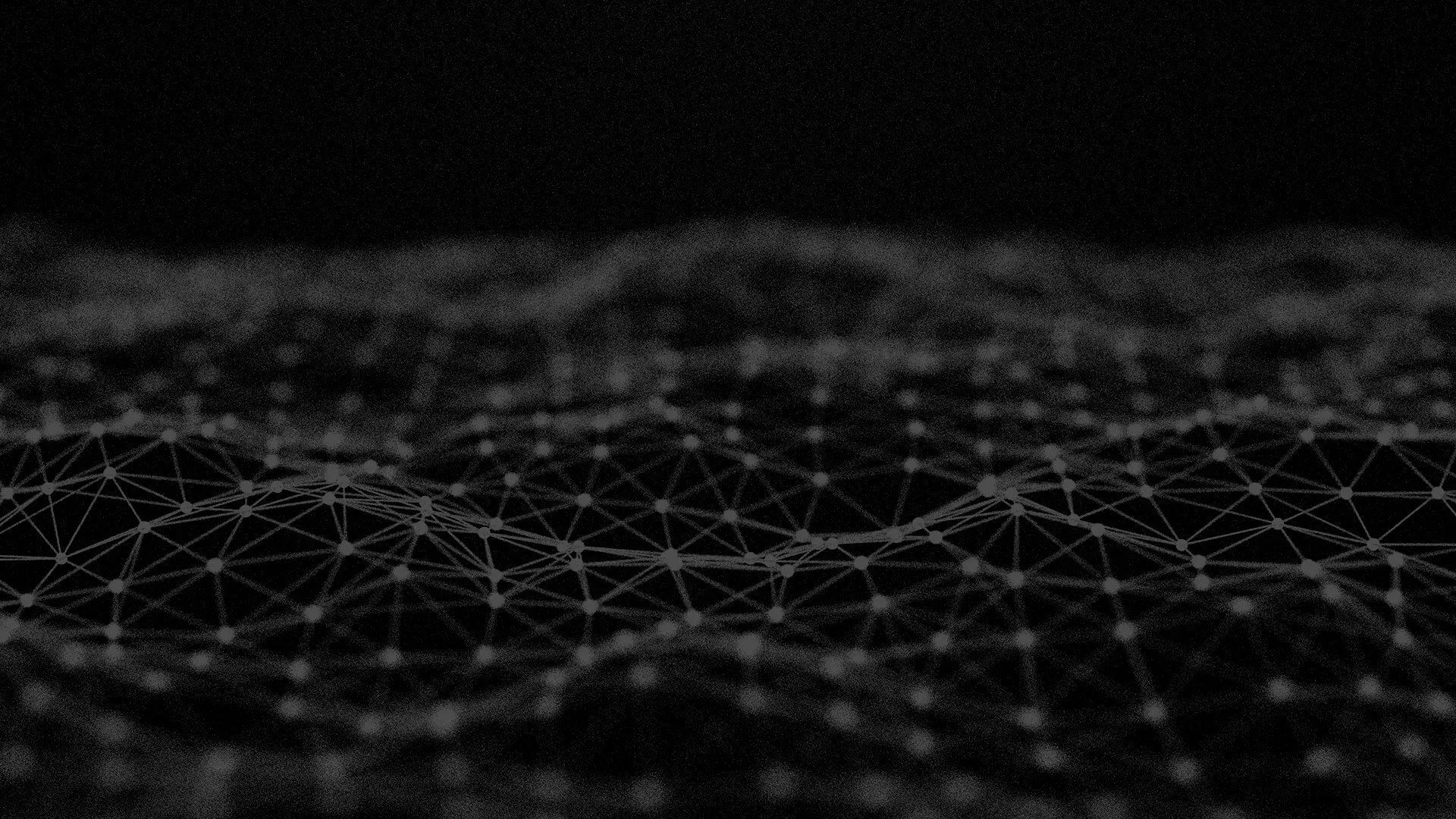Turning Back the Clock to Analyze China’s Diplomatic Relations
One task that we’ve heard to be challenging for analysts (business and intelligence alike) is capturing a snapshot of how the world appeared at a past time. This could be the PR from a company leading up to a past earnings announcement or the local news that precluded a major protest event. In this case, we’ll compare the diplomatic relations for China in months leading up to their leadership visiting the United States.
Here’s how to turn back the clock by setting limits on publication time in Recorded Future to evaluate a historical period:
- Chinese President Hu Jintao visited the US last year, arriving on January 18, 2011, which we’ll use as a reference point to evaluate his country’s diplomacy.
- You can use Recorded Future to set both event time (when an event took place) and content Publication Time to October 1, 2010 – Jan 17, 2011, then choose the event type “Diplomatic Relations”, and search for China.
The timeline below shows that diplomatic activity was relatively subdued leading up to Hu’s visit with the exception of meetings with the United States and Germany.
he activity in the timeline can filtered down by the countries and officials with relationships to China, and we can actually gather up the most frequently co-occurring countries mentioned in these diplomatic relation events with China. Remember that these events occurred during the three months before Hu’s visit to the United States, and we find that after the US and Japan, the list is as follows:
Once we have an overview, we can compare that list to the network shown below of China’s relations for just the month prior to Hu’s trip. Interestingly, you’ll find that the most controversial relations from the US geopolitical perspective are absent. To view this yourself, click the network image and then use the time slider underneath to shift the frame in focus.
All of this initial research builds into an opportunity to identify recurring themes or divergence from past behavior with respect to a current event. We can now contrast the above results with China’s diplomatic relations leading up to Vice President Xi Jinping’s visit to the US this past week.
The first thing that stands out looking at the timeline is the significant difference in China’s diplomatic activity leading up to Xi’s travel as well as the negative sentiment surrounding recent events. This stands in contrast to the generally positive sentiment in the month prior to Hu’s visit.
You can also take a step further and see that several of those controversial countries absent ahead of Hu’s 2011 visit are now very much in the picture (Syria, Iran, Sudan) leading up to the recent China-US meeting.
What’s to be learned? On the first take, we can pick up on the negative sentiment found in media surrounding China’s diplomatic relations during the recent months leading up to Xi Jinping’s visit to the US and the presence or mention of China’s relations with country’s at odds with the larger international community.
What’s still to be examined:
- Are there distinctions in the media coverage leading up to the separate visits made by Xi Jinping and Hu Jintao to other countries?
- Are there patterns to be found by mapping out the countries with whom China engages prior to visits by it’s officials to particular states or regions?
The stage is set for answering those types of questions now that we’ve gone about segmenting media coverage based on both event time (when something happened) and publication time (when those events were reported). If this type of analysis would be valuable to your organization, go ahead and try Recorded Future or contact us for more information.
Related
